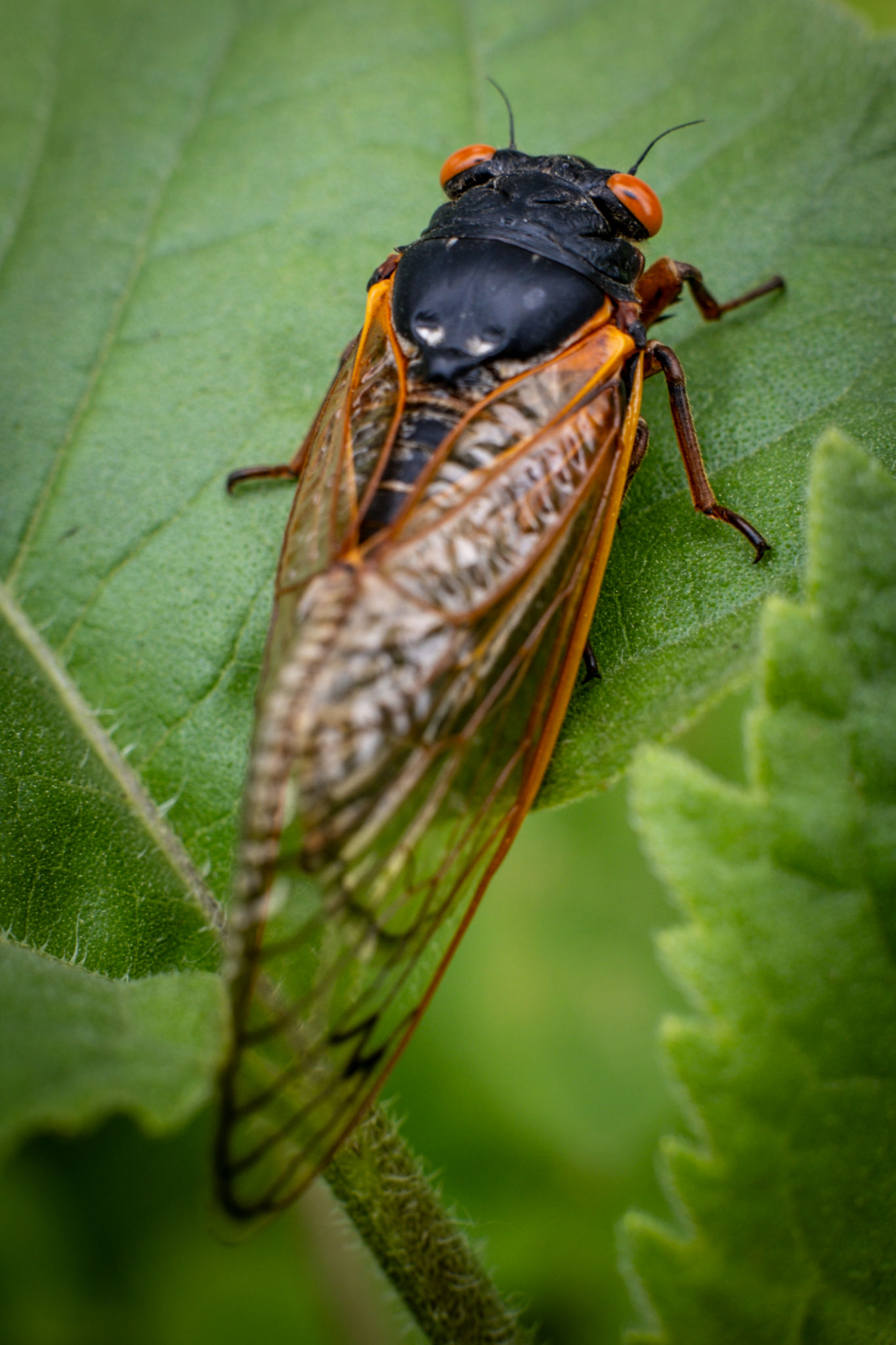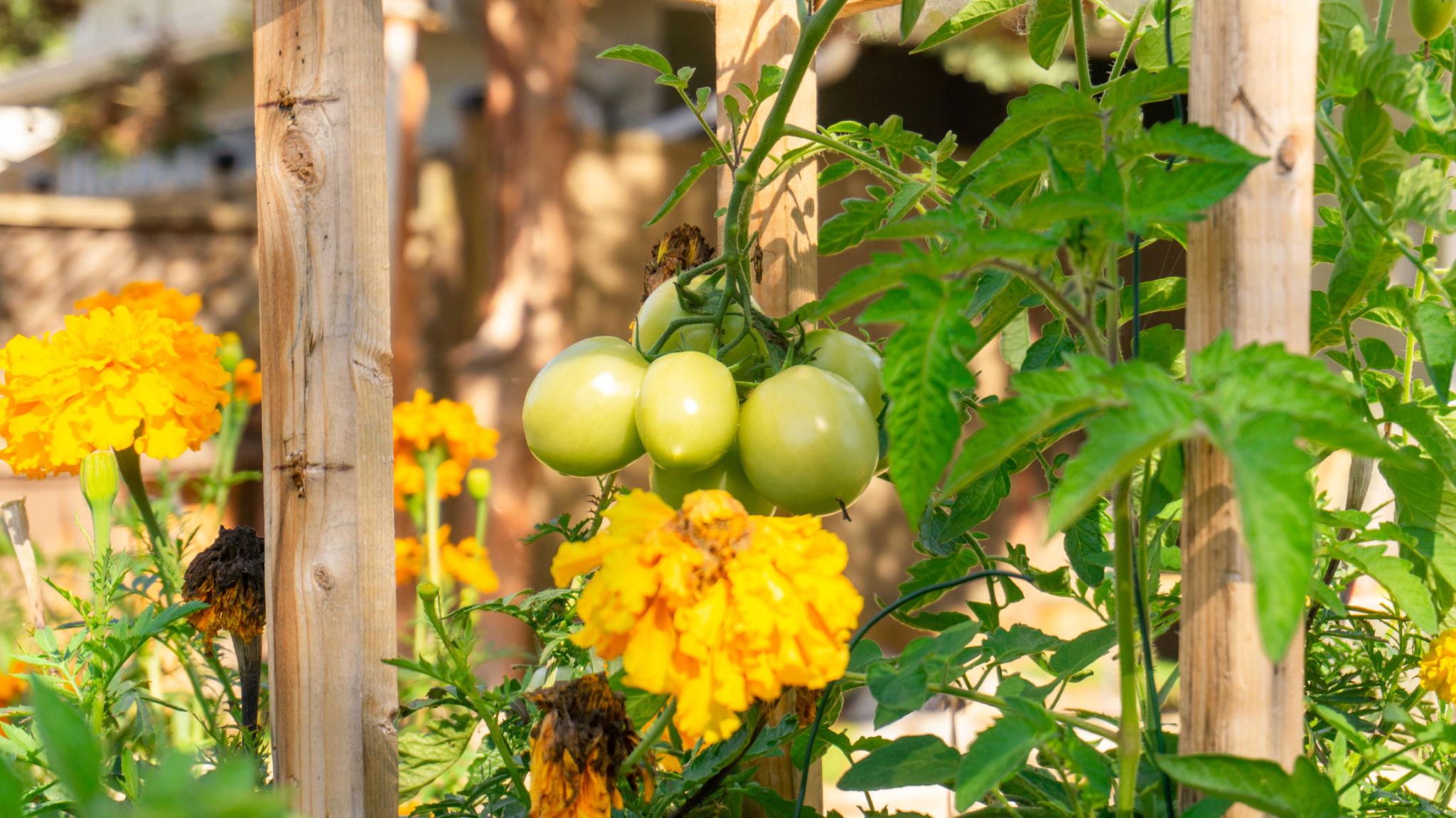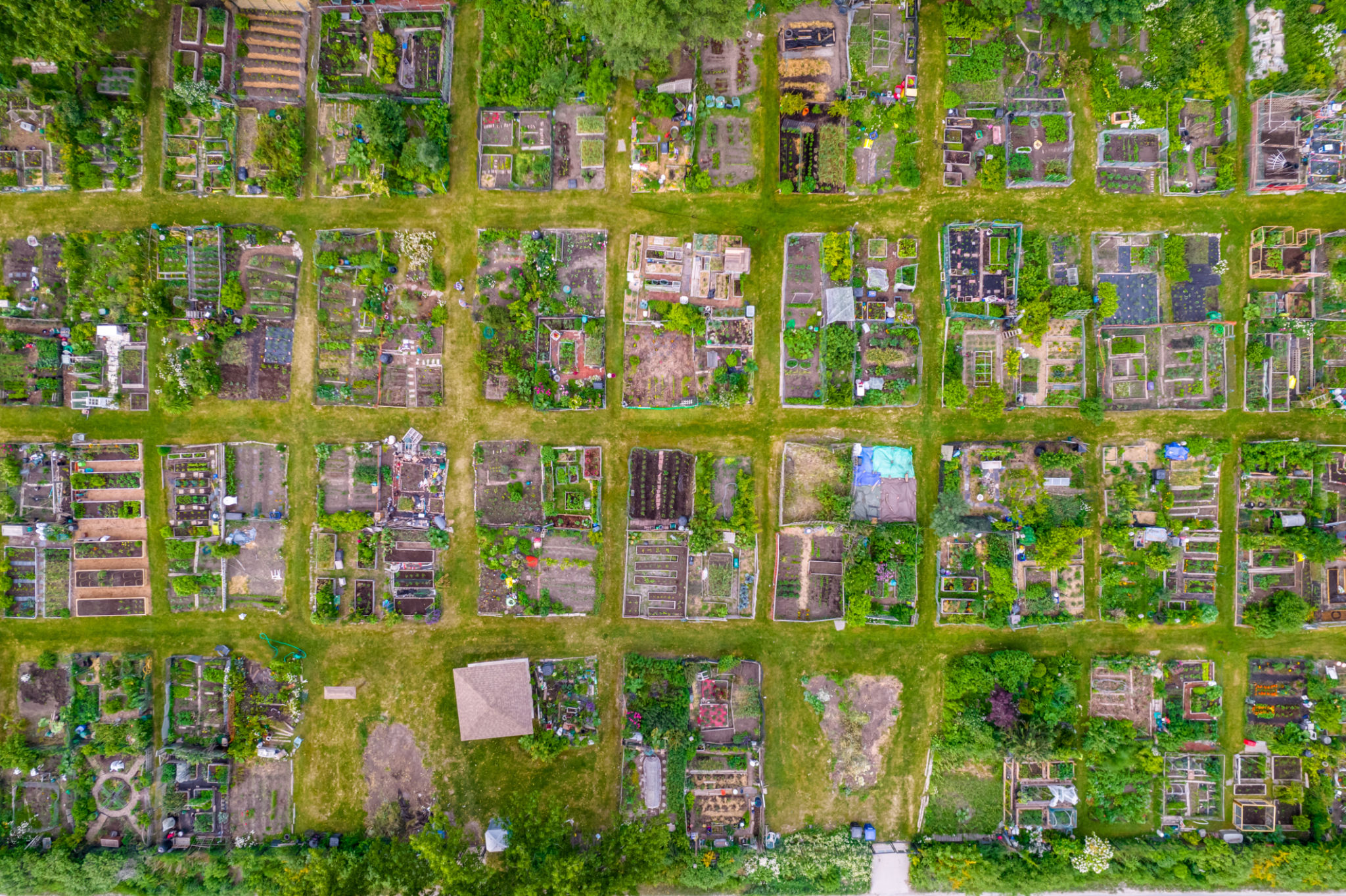Case Study: Transforming a Small Chicago Backyard into a Permaculture Paradise
Introduction to the Project
Transforming a small Chicago backyard into a permaculture paradise might sound like a daunting task, but with the right approach, it can be both achievable and rewarding. This case study showcases the journey of a local homeowner who turned their limited outdoor space into a thriving ecosystem. The process involved strategic planning, sustainable practices, and a commitment to environmental stewardship.

Understanding Permaculture Principles
Permaculture is more than just a gardening method; it's a holistic approach to designing agricultural systems modeled after natural ecosystems. The core principles include observing and interacting with the environment, catching and storing energy, and using renewable resources. By implementing these principles, the homeowner aimed to create a self-sustaining landscape that required minimal maintenance.
The first step was to assess the site conditions, including soil quality, sunlight exposure, and existing vegetation. This informed the selection of plants and the design layout to maximize efficiency and productivity. Soil improvement was a priority, achieved through composting and natural fertilizers.
Design and Implementation
The design phase involved creating zones that served different functions. The front area was dedicated to flowering plants to attract pollinators, while the back section focused on food production with vegetables and fruit-bearing plants. A small water feature was added to support local wildlife and enhance biodiversity.

To optimize space, vertical gardening techniques were employed, including trellises for climbing plants. Companion planting played a crucial role in pest management and soil health, with certain plants chosen for their ability to repel insects naturally.
Challenges and Solutions
Every transformation project comes with its own set of challenges. For this backyard, dealing with Chicago's unpredictable weather was a significant hurdle. To mitigate this, the homeowner installed rainwater collection systems to provide a reliable water source during dry spells.
Another challenge was maintaining soil fertility. The solution lay in regular crop rotation and the use of green manure cover crops to replenish nutrients. Mulching was also utilized to conserve moisture and suppress weeds.

Outcomes and Benefits
The transformation resulted in numerous benefits for both the homeowner and the local ecosystem. The backyard now produces a steady supply of fresh food, reducing reliance on store-bought produce and lowering the household's carbon footprint. Additionally, the increased biodiversity has attracted various species of birds and beneficial insects.
The project also served as an educational opportunity for neighbors interested in sustainable living practices. The backyard became a demonstration site where community members could learn about permaculture techniques and their practical applications.
Conclusion
This case study demonstrates that even small urban spaces can be transformed into permaculture paradises with thoughtful planning and dedication. By using nature as a guide, the homeowner successfully created a resilient and productive ecosystem that provides ongoing rewards.
Whether you're considering a similar project or simply looking for inspiration, remember that every small step towards sustainability makes a difference. Embrace the principles of permaculture and watch your outdoor space flourish.